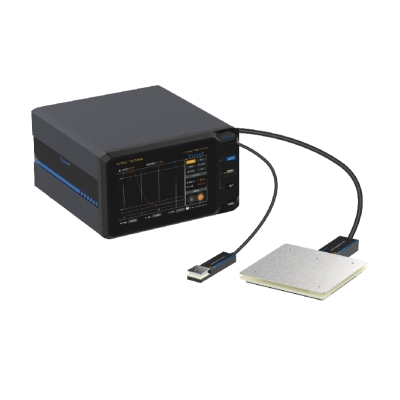Compliance verification of ESD control articles and materials according to ESD TR53-01-22 and ANSI ESD S20.20-2021 electrostatic discharge control scheme. The purpose of measuring the ground resistance of the floor is to verify whether the conductive performance of the floor meets the requirements of electrostatic protection, and to ensure that the floor can effectively introduce electrostatic charges into the ground, thereby protecting sensitive electronic components from electrostatic discharge damage.
The Importance of Anti-static Floor to Ground Resistance Measurement
Through its conductive properties, the anti-static floor can introduce the static charge on the ground into the earth in time, so as to avoid the damage to the equipment and personnel caused by the accumulation of static electricity. The measurement of ground resistance can verify whether the conductive performance of the floor meets the requirements and ensure the effectiveness of electrostatic protection. According to relevant industry standards and specifications, the ground resistance of the anti-static floor needs to be controlled within a certain range to ensure its electrostatic dissipation capacity. By measuring the resistance to ground, we can ensure that the anti-static floor meets the requirements of these standards and specifications, and avoid the failure of electrostatic protection caused by the non-compliance of the resistance value.
Preparation of items before testing:
1.TM5402 Surface Resistance Tester
2.Resistance measurement electrode
Test qualification requirements:
Floor-to-ground resistance <1.0 × 109 ohms
Measurement methods and steps:
1. Connect one end of the first test wire to the negative pole (-) of the TM5402 surface resistance tester, and connect the other end of the test wire to the previously verified ESD ground/connection reference point.
2. Connect one end of the second test wire to the positive terminal () of the TM5402 surface resistance tester, and connect the other end of the test wire to the resistance measurement electrode.
3. Place the resistance measuring electrode on the floor area to be verified.
4. Set the TM5402 test time to 15 seconds, press the TEST button, wait for the countdown to end, and record the resistance value.
5. Verify the following:
√ The ground resistance meets the requirements.
At a minimum, the test report should include the following information:
Date and time of the test, description and identification of the supplementary material tested
Identification of the instrument used for temperature and relative humidity during the measurement period and the date of the most recent calibration.
Compliance of the measurement results with the conditions specified by the EPA, as referenced in the following standards:
IEC 61340-5-1 International Standard for the Certification of Antistatic / IEC International Electrotechnical Commission
ANSI/ESD S20.20 American National Standard/Electrostatic Discharge Association Standard




